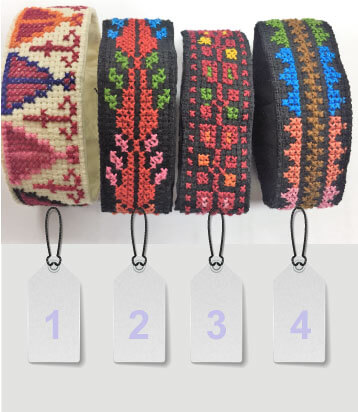Donate
We would like to thank all of our partners and friends for their continued support. Your contribution serves as a great reminder for us, above everything else, to keep hope alive! Any donation you make will enable us to continue to serve the Palestinian people, especially women, young women and youth and will support our mission towards Just Peace and a brighter future for all.










